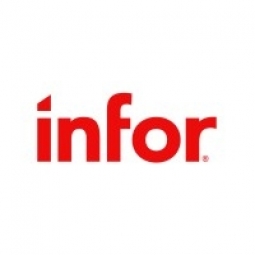公司规模
Large Corporate
地区
- America
国家
- United States
产品
- Birst Networked BI
技术栈
- Business Intelligence
实施规模
- Enterprise-wide Deployment
影响指标
- Cost Savings
- Revenue Growth
技术
- 分析与建模 - 实时分析
适用行业
- 食品与饮料
适用功能
- 物流运输
- 销售与市场营销
用例
- 库存管理
- 供应链可见性(SCV)
服务
- 数据科学服务
关于客户
Sunny Delight Beverages Co. 是北美领先的果汁饮料生产商。该公司拥有四个品牌,包括其旗舰品牌 SunnyD。当该公司从宝洁公司分拆出来时,它拥有八个不同的传统商业智能应用程序,所有应用程序都具有独立的数据孤岛。这导致向高管展示的数据相互矛盾,因为最终用户正在处理独特的数据孤岛。该公司认识到需要现代化并采取战略性的商业智能方法。他们的目标是让最终用户能够以业务速度做出决策,同时提供治理和公司数据的整体视图。
挑战
Sunny Delight Beverages Co. 是北美领先的果汁饮料生产商,其传统商业智能应用程序面临挑战。该公司有八个不同的传统商业智能应用程序,所有应用程序都有独立的数据孤岛。这导致向高管展示的数据相互矛盾,因为最终用户使用的是独特的数据孤岛。这种差异导致收入不可预测、利润率低于必要水平、库存缓冲高,以及缺乏对促销真正盈利能力的理解。SunnyD 现有的传统系统过于单一,无法支持用户自助服务和灵活性。另一方面,最终用户数据发现工具会放大现有的数据孤岛。
解决方案
SunnyD 选择 Birst Networked BI 来整合来自多个来源的数据,实现透明的数据治理,同时为技术和非技术用户提供自助分析功能。Birst 为 SunnyD 提供了一个用于数据聚合、细化和治理的一体化平台,并提供了按需定制的部门级仪表板。其全面的解决方案不仅使业务线具有部门级灵活性,而且还提供了企业范围内的数据一致性。这种跨职能可见性创造了巨大的商业价值。例如,传统上由营销部门衡量的促销提升也会影响由物流部门衡量的运输费用。通过认识到这种互动,SunnyD 能够在这两个领域做出改进。
运营影响
数量效益

Case Study missing?
Start adding your own!
Register with your work email and create a new case study profile for your business.
相关案例.

Case Study
The Kellogg Company
Kellogg keeps a close eye on its trade spend, analyzing large volumes of data and running complex simulations to predict which promotional activities will be the most effective. Kellogg needed to decrease the trade spend but its traditional relational database on premises could not keep up with the pace of demand.
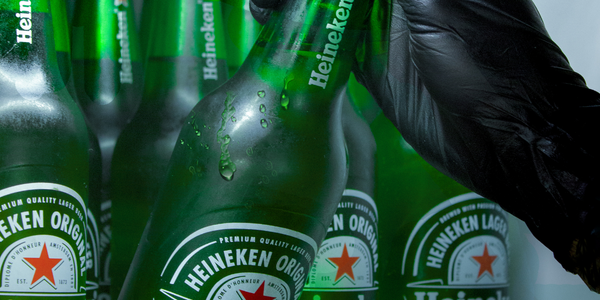
Case Study
HEINEKEN Uses the Cloud to Reach 10.5 Million Consumers
For 2012 campaign, the Bond promotion, it planned to launch the campaign at the same time everywhere on the planet. That created unprecedented challenges for HEINEKEN—nowhere more so than in its technology operation. The primary digital content for the campaign was a 100-megabyte movie that had to play flawlessly for millions of viewers worldwide. After all, Bond never fails. No one was going to tolerate a technology failure that might bruise his brand.Previously, HEINEKEN had supported digital media at its outsourced datacenter. But that datacenter lacked the computing resources HEINEKEN needed, and building them—especially to support peak traffic that would total millions of simultaneous hits—would have been both time-consuming and expensive. Nor would it have provided the geographic reach that HEINEKEN needed to minimize latency worldwide.
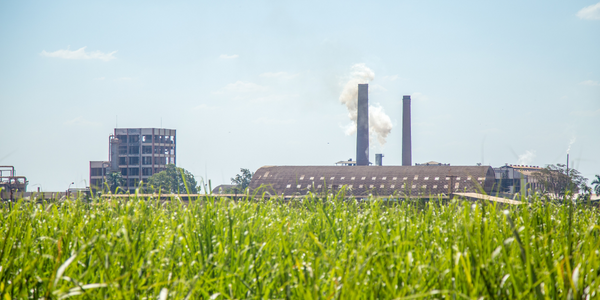
Case Study
Energy Management System at Sugar Industry
The company wanted to use the information from the system to claim under the renewable energy certificate scheme. The benefit to the company under the renewable energy certificates is Rs 75 million a year. To enable the above, an end-to-end solution for load monitoring, consumption monitoring, online data monitoring, automatic meter data acquisition which can be exported to SAP and other applications is required.
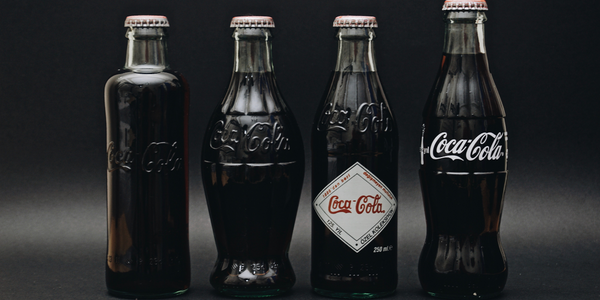
Case Study
Coca Cola Swaziland Conco Case Study
Coco Cola Swaziland, South Africa would like to find a solution that would enable the following results: - Reduce energy consumption by 20% in one year. - Formulate a series of strategic initiatives that would enlist the commitment of corporate management and create employee awareness while helping meet departmental targets and investing in tools that assist with energy management. - Formulate a series of tactical initiatives that would optimize energy usage on the shop floor. These would include charging forklifts and running cold rooms only during off-peak periods, running the dust extractors only during working hours and basing lights and air-conditioning on someone’s presence. - Increase visibility into the factory and other processes. - Enable limited, non-intrusive control functions for certain processes.
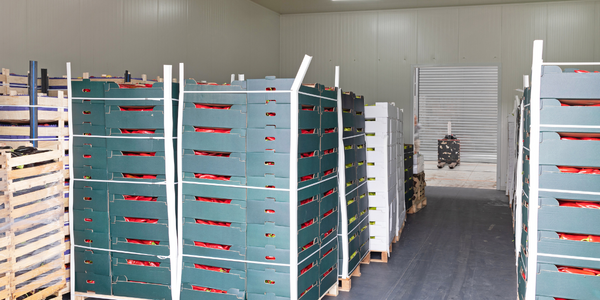
Case Study
Temperature Monitoring for Restaurant Food Storage
When it came to implementing a solution, Mr. Nesbitt had an idea of what functionality that he wanted. Although not mandated by Health Canada, Mr. Nesbitt wanted to ensure quality control issues met the highest possible standards as part of his commitment to top-of-class food services. This wish list included an easy-to use temperature-monitoring system that could provide a visible display of the temperatures of all of his refrigerators and freezers, including historical information so that he could review the performance of his equipment. It also had to provide alert notification (but email alerts and SMS text message alerts) to alert key staff in the event that a cooling system was exceeding pre-set warning limits.
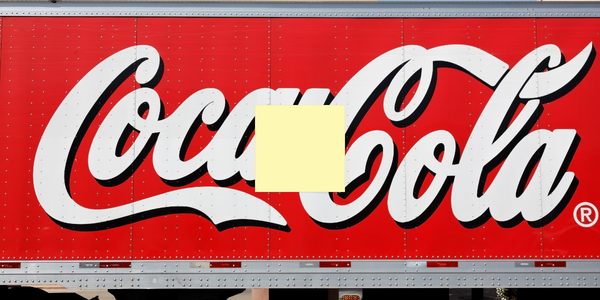
Case Study
Coca-Cola Refreshments, U.S.
Coca-Cola Refreshments owns and manages Coca-Cola branded refrigerators in retail establishments. Legacy systems were used to locate equipment information by logging onto multiple servers which took up to 8 hours to update information on 30-40 units. The company had no overall visibility into equipment status or maintenance history.




